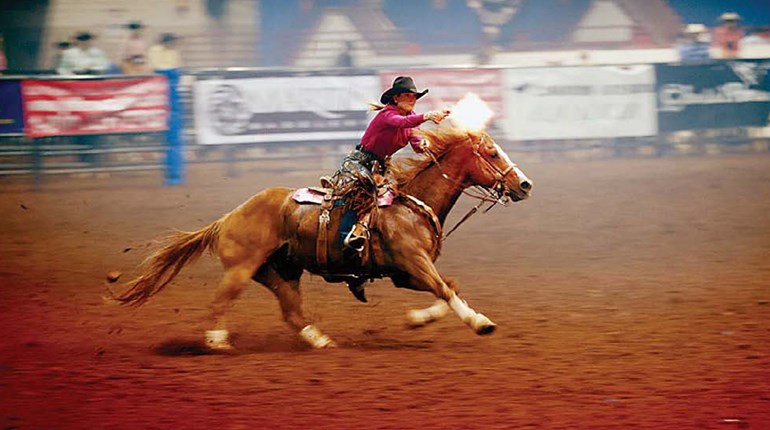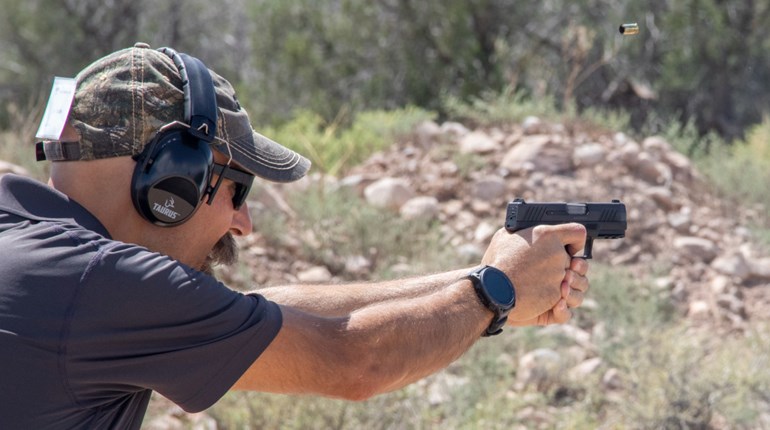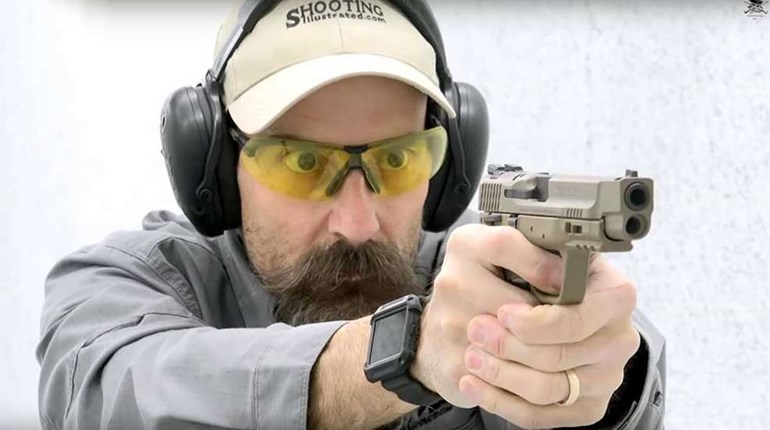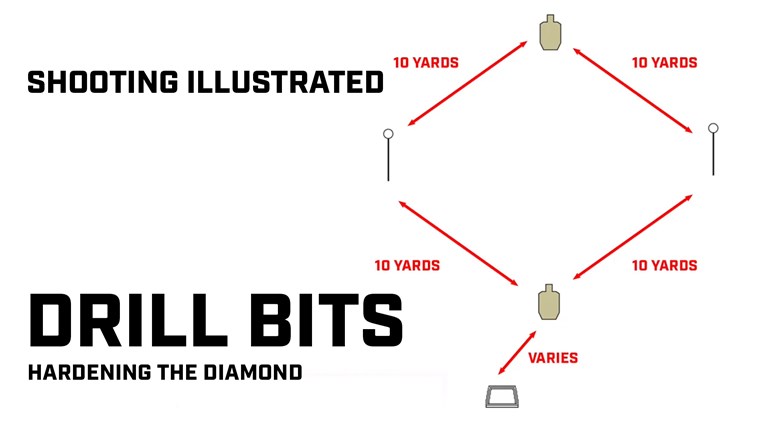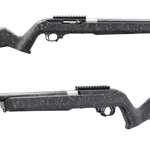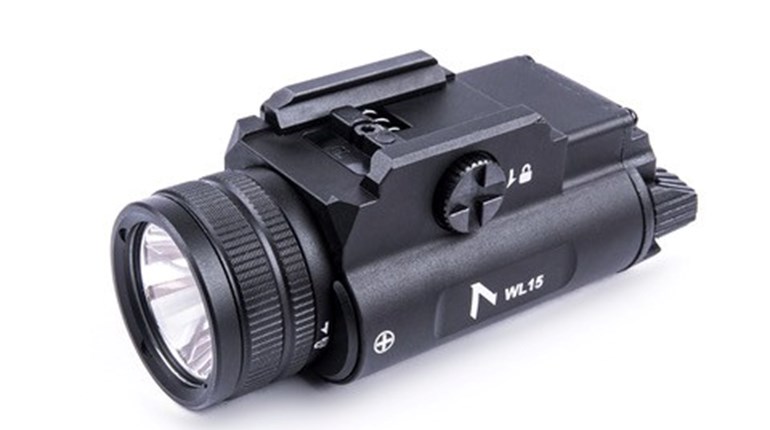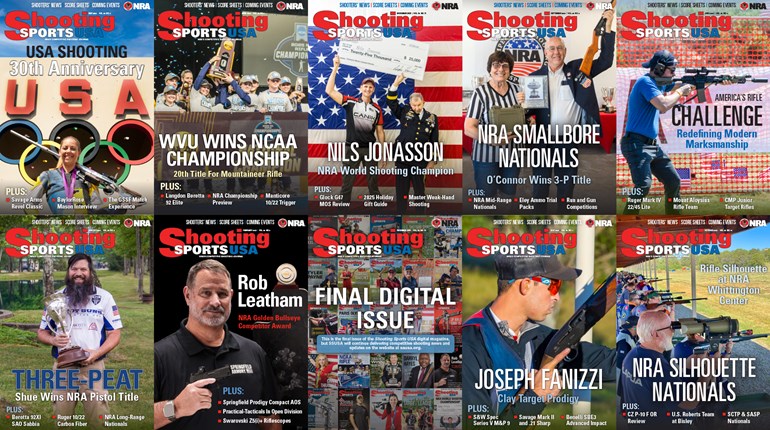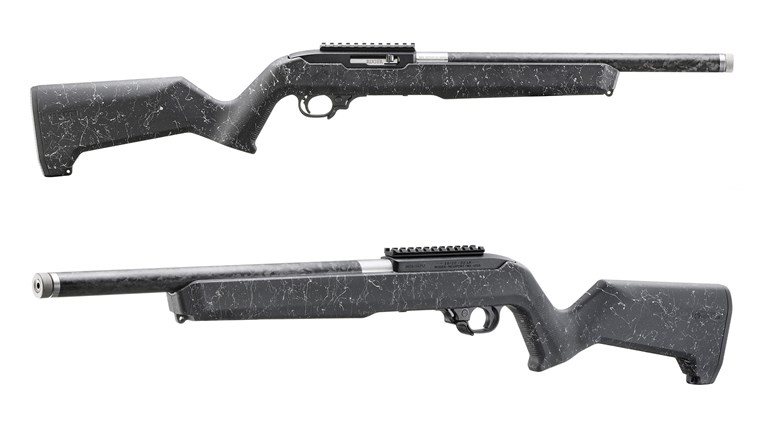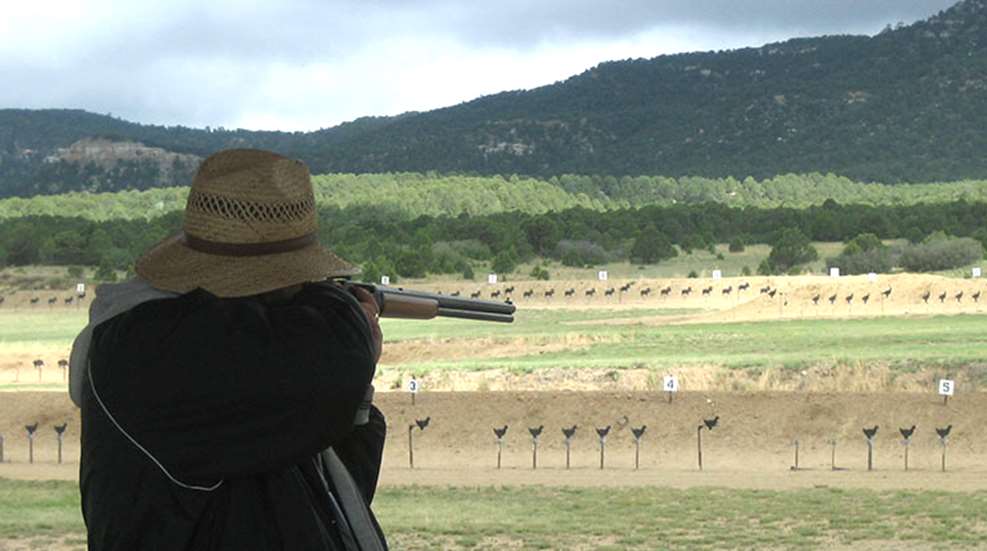
From the vault: The 1984 and 1985 NRA National Silhouette Championships included Championship Clinics that offered participants a chance to receive the most up-to-date silhouette shooting techniques available at the time. The clinic presentations were made by an impressive group of silhouette shooting champions and leaders of the time, including the 1984 National High Power Rifle Silhouette Champion, Jim Feren. Feren was also a two-time Coors National Schuetzenfest Champion, an event that placed great emphasis on offhand shooting. Fortunately for us, NRA staff transcribed the clinic presentations. The information included in these transcriptions is timeless. Read the below excerpt from Mr. Feren’s contribution to the program regarding sight picture.
Silhouette Sight Picture Tips
By Jim Feren
When I think of the subject of sight picture, I'm reminded of the story of the shooter who came up to the line, put a cartridge in his rifle, and slammed the bolt down. The rifle went off before he could put it up to his shoulder. Of course, he was very embarrassed, as we all would be if something like that happened to us. He got set on the next target, loaded up again and noticed that a ram was down. Not only was a ram down, the right ram was down. Wow, what a lucky shot! What are the odds of that ever happening again? Odds are very important when we get into sight picture. That guy's odds were one in a million.
When you have everything going for you and have controlled the variables, and you aim in the center, you are going to hit the target. What if you do one little thing wrong? Well, your odds of hitting that target go down some, but they are still good if you have the right sight picture.
I think you should try to avoid edge shots unless you only have a second left in which to shoot. Even then I'm not sure it's a good idea. I sometimes shoot those shots but get very mad at myself. When there are five seconds left, and I'm not on target but take a shot anyway, I'm training myself to shoot poorly. Why should I reinforce a bad habit? I probably should just let the time run out and forget it. When wind conditions develop, you have to take anything you can get, but in perfect conditions, you are looking for the best odds, and the odds are best when you are shooting in the center. If I shoot dead center on the pig, the odds I'm going to hit it are pretty good. Now I have to make a confession. On the last shot I took on the pig today, I aimed dead center but flinched 14 inches to the right. In spite of a 14-inch flinch, I still got the pig because I took the shot with the best odds. It was a poor shot, but a successful shot because I played the odds.
High power shooters shoot a different type of game. They shoot at a nice round black bullseye. In my opinion, I think high power shooters have an advantage because they don't shoot on weird shaped forms. They have a black bullseye encircled by an aperture which is a perfect geometric form. Why is this an advantage? According to a book called Successful Shooting by Bill Pullum and Frank T. Hanankrat, the right hemisphere of our brain is the center for non-verbal mental activity such as conceptualization of geometric forms. The left side of the brain, on the other hand, is concerned with thought processes. The two don't seem to operate at the same time. Right now the left side of your brain is engaged. You are thinking about what I'm saying, but if you thought really hard about a very dark circle, you probably would no longer be able to think about what I was saying. You would just be able to concentrate on that circle. When concentration on a geometric form is intense, something starts happening. The sound from the shooter's gun next to you is unheard. You aren't even aware of the fact that he's shooting. He disappears. The motor senses, the physical senses that control movement, become keener because everything else is blocked out.
In my opinion, many high power shooters have difficulty shooting silhouette because they lose their concentration point when shooting at odd-shaped silhouette targets. With the silhouette form, you have no defined inside area at which to shoot. You must tell your mind that you are only going to shoot at a particular point on the inside of a black form which isn't even geometric. How are you going to get the right section of your brain engaged? Where is your concentration point?
Personally, I feel that a dot in the scope reticle will give you a better concentration point and allow the left side of the brain to disengage more easily. With the dot reticle, the right side of the brain engages more easily because we are concentrating on a circular form. You might think this is a strange idea, but before the Olympics, a very interesting experiment was done with an archer. His brain waves were monitored to determine which side of his brain was functioning as he shot. When he shot a bullseye, they found that the right side of his brain was active, and the left side was shut down. Through biofeedback, he was trained to engage the right side of his brain at will. Consequently, his scores shot way up to world-class level.
This certainly may explain a lot of things. When a shooter focuses on trigger pull, concentration on the geometric dot or target is broken and replaced with thoughts about how to pull the trigger. Suddenly he misses the target because he was thinking about the trigger instead of concentrating on the sight picture. Sight picture is more important than trigger control and should take precedence over it. This may explain why shooters will miss a target when they are distracted or their concentration is broken for any reason.
Once again when it comes to a spotter, the issue is concentration. Some people like to have a spotter, some people don't. Some shooters want the spotter to say things, some don't. Much controversy has developed about the subject. Do you want to know everything that's going on when you are shooting on five targets? If there is one little change in mirage, do you want your spotter to tell you, or do you just want to shoot all five, concentrate fully, maintain a good sight picture, and let what happens happen? I don't really know what's right at this point, but I do know that concentration can be broken, and if you can't get it back quickly, you're probably better off with a silent spotter.
See more: Silhouette Rifle Position Fundamentals: Everything You Need To Know













